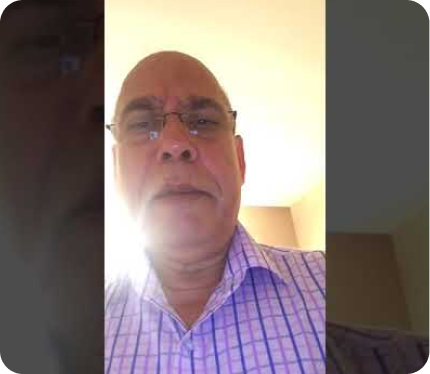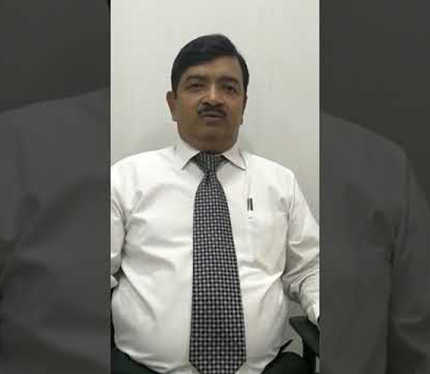What are in-operative bank accounts?
In-operative bank accounts, also known as unclaimed bank deposits, refer to accounts that have been dormant or inactive for an extended period, usually due to a lack of transactions or account holder activity. If an account holder does not operate the bank account for a period of two years, the account is treated as in-operative. In-operative bank accounts can include savings accounts, current accounts, fixed deposits, or any other type of deposit account offered by a bank. If an account remains in-operative for 10 years, the funds lying in such account are transferred to DEAF (Depositor Education and Awareness Fund) of RBI.
























